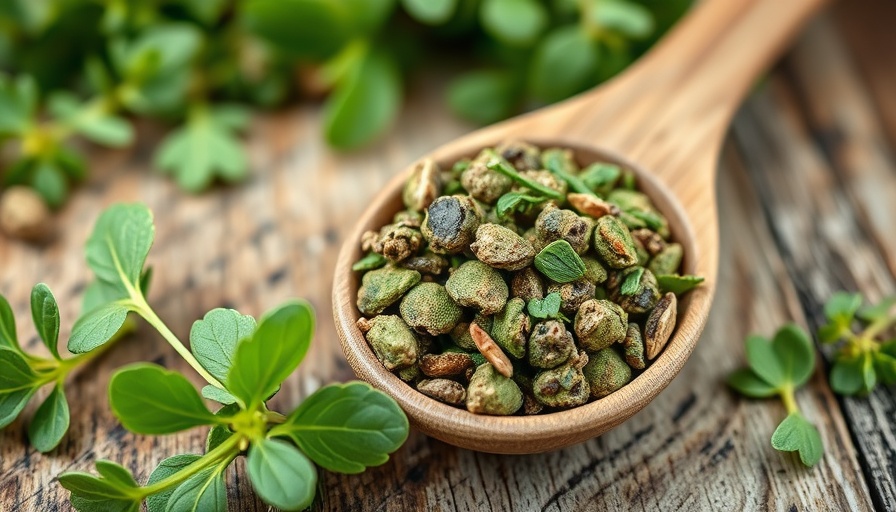
Rediscovering Oregano: The Unsung Hero of Health
Oregano, often relegated to the spice rack, is far more than a culinary accessory. This herb has a rich history as a potent medicinal plant known for its extensive health benefits. Modern research is now validating what ancient practices have known for centuries—oregano is a health powerhouse. From bolstering the immune system to enhancing gut health, the benefits of oregano are becoming increasingly recognized in the realm of alternative medicine.
Oregano and Its Antimicrobial Superpowers
What sets oregano apart is its remarkable antibacterial and antifungal properties. Rich in compounds like carvacrol and thymol, oregano has gained attention for its ability to combat a range of pathogens. Studies have shown that oregano oil effectively fights off potentially harmful bacteria like E. coli and Salmonella, keeping foodborne illnesses at bay.
Additionally, for those prone to yeast infections, oregano acts as a natural remedy, helping restore a healthy microbiome. This dual action allows oregano to function not just as a flavor enhancer but as a defender of public health.
The Nutritional Value Hidden Within
Oregano is not merely a source of flavor; it is a treasure trove of essential nutrients. A single tablespoon of dried oregano is packed with vitamins such as K, E, and various B vitamins—all crucial for maintaining good health. Vitamin K plays an indispensable role in blood clotting and bone health, while other minerals like calcium and magnesium support muscle function and energy production.
Additionally, one might overlook the digestive benefits oregano provides. The herb is rich in fiber which aids in digestion and helps maintain stable blood sugar levels. This fiber content is fantastic for those looking to manage their weight, as it promotes satiety, making one feel full longer.
Oregano as an Antioxidant Champion
Oregano is also rich in antioxidants that help combat oxidative stress in the body. The phenolic compounds like rosmarinic acid lower risks associated with chronic diseases, including heart disease and cancer. By regularly incorporating oregano into your meals, you empower your immune system to fend off illnesses, ensuring a healthier lifestyle.
Antioxidants present in oregano have a profound impact on cellular health, minimizing damage from free radicals and improving overall bodily function.
Supporting Digestive Health with Oregano
Gut health has become a focal point in modern nutrition discussions, and oregano fits seamlessly into this narrative. Its natural properties not only ease gut discomfort but also enhance digestive functions by alleviating bloating and gas. This results in a more comfortable and efficient digestive process.
For anyone looking to manage their weight, use oregano for its metabolic-stimulating effects to help control appetite naturally. This makes it an invaluable addition to any weight management regime.
How to Integrate Oregano into Your Daily Routine
When it comes to including oregano in your diet, the options are endless. Sprinkle it on pizzas, salads, and pasta dishes, or use it in marinades and dressings. Whether you prefer fresh or dried, the herb is versatile enough for any meal, making it easy to enrich your diet with its benefits.
Moreover, oregano oil can be used in topical applications to help manage skin issues, showcasing just how adaptable this herb is in addressing various health concerns.
The Future of Oregano in Alternative Medicine
As interest grows in natural and holistic health solutions, oregano is likely to receive even more attention in both research and practice. Its diverse benefits align well with the increasing preference for natural remedies in modern-day healthcare. The more we learn about oregano, the clearer it becomes that this humble herb deserves a primary role in our health regimen.
Incorporating oregano into your daily life goes beyond flavoring your meals—it opens the door to numerous health benefits that enhance your overall well-being.
Next time you're in the kitchen, consider using oregano not just as a seasoning, but as a strategic ally in your health-conscious journey.
 Add Row
Add Row  Add
Add 




Write A Comment